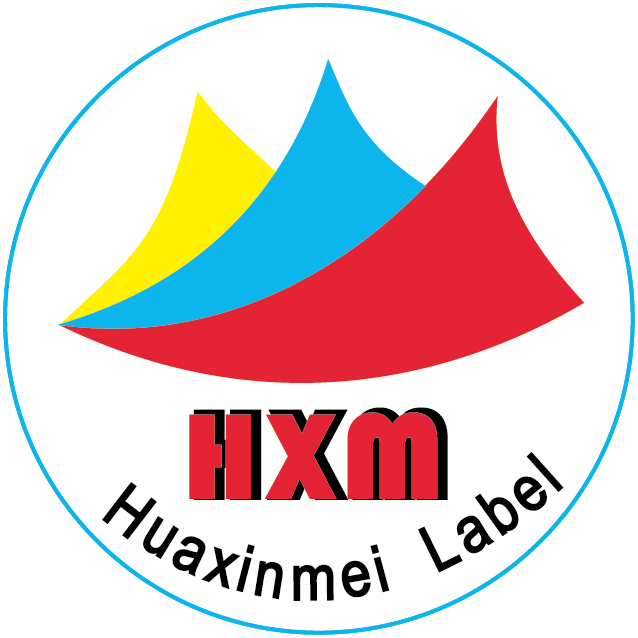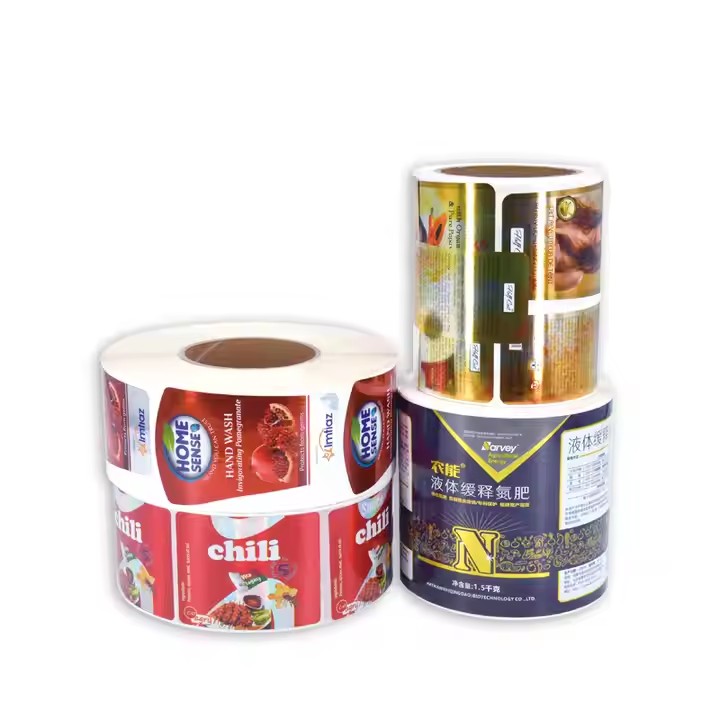Paper Labels
Coated Paper
Features: Coated paper has a smooth surface and high whiteness, capable of presenting vivid and clear printing effects. It has good gloss, which can make the patterns and text on the label more eye – catching. For example, using coated paper labels on product packaging can well display the brand logo and product information. Its thickness generally ranges from 80 – 250 grams per square meter. Thinner coated paper is suitable for pasting on relatively flat – surfaced items, while thicker ones have a more textured feel.
Coated paper is often used for making flower albums, high – end books, calendars, etc. This kind of paper is generally used in relatively special places. It is not a cheap or low – quality paper. It is usually used for items with style and texture, such as magazines, books, and high – end cards. All these need to use coated paper.
Application Scenarios: It is widely used for outer – packaging labels of products such as food, cosmetics, and daily necessities. Since these products usually need to display attractive product pictures, detailed ingredient descriptions, etc. on the label, coated paper can meet the demand for high – quality printing. For example, high – end cosmetics packaging often uses coated paper, which shows a sense of style and texture.
Thermal Paper
Features: The surface of thermal paper is coated with a thermal – sensitive layer. When heated, it changes color to display text or patterns. This kind of paper doesn’t need ink for printing, has a fast printing speed, and is easy to operate. It has different sensitivities and storage periods. Generally, high – quality thermal paper can be stored from several months to several years, depending on environmental conditions.
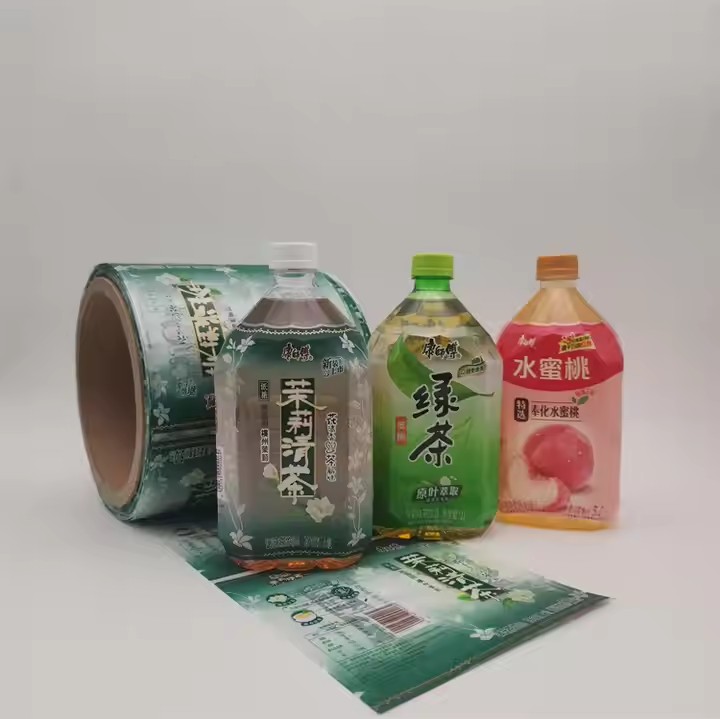
Application Scenarios: It is commonly used for logistics labels, supermarket price tags, and bill printing. For example, in the logistics industry, thermal paper labels can quickly print the recipient information, shipping number, etc. of packages, improving work efficiency. This thermal paper is often used for printing where quick bill – issuing is required. It is very convenient and can quickly complete tasks and boost efficiency.
Plastic Labels
PVC (Polyvinyl Chloride) Labels
Features: PVC labels have good flexibility and durability. They can withstand a certain degree of stretching, bending, and abrasion, and are not easily damaged. Moreover, PVC labels have excellent waterproof performance, which can maintain the integrity and readability of the label in a humid environment. Through different printing processes, rich colors and beautiful patterns can be achieved on PVC labels.
Application Scenarios: It is widely used in fields such as outdoor equipment, auto parts, and chemical products. For example, on outdoor electrical equipment, PVC labels can resist wind and rain erosion for a long time and clearly display the equipment model, parameters, etc.
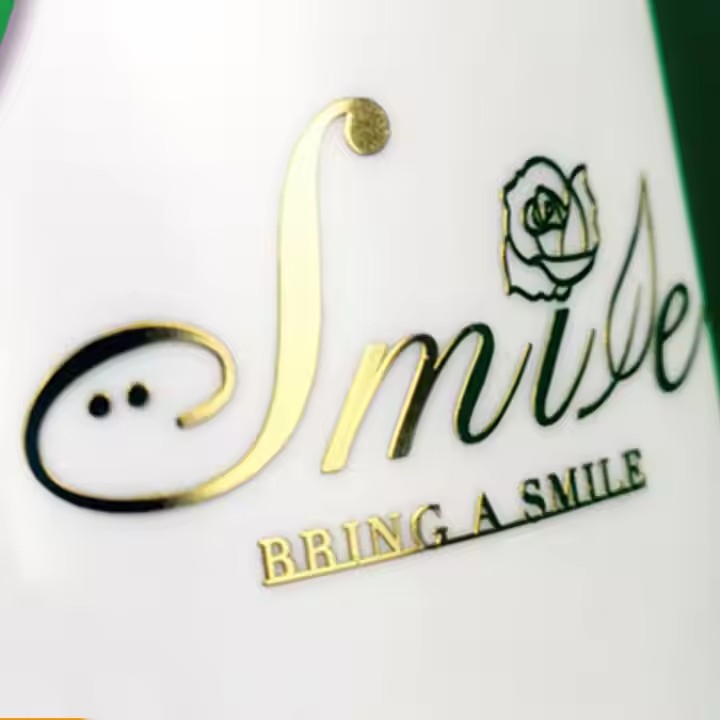
PET (Polyethylene Terephthalate) Labels
Features: PET labels have high strength and hardness, and good tear – resistance. It has high transparency, which can make the product under the label clearly visible and also make the printed content on the label more vivid. PET labels also have good chemical resistance and can resist the erosion of various chemical substances, such as acids and alkalis.
Application Scenarios: It is often used for electronic products, high – end cosmetics, and beverage bottles. On electronic products, PET labels can clearly display important information such as product specifications and serial numbers. And due to its good wear – resistance, the label won’t be easily damaged during the use and transportation of the product.
Synthetic Material Labels
Synthetic Paper
Features: Synthetic paper is a material between paper and plastic. It has the texture of paper as well as the toughness and waterproofness of plastic. Synthetic paper has good printing adaptability and can adopt various printing methods, such as offset printing and flexographic printing, with clear printing effects and bright colors. It also has strong weather resistance and can be used for a long time under different climatic conditions.
Application Scenarios: It is widely used in outdoor advertising, maps, book covers, etc. For example, outdoor billboards need to be exposed to sunlight and wind and rain for a long time. Synthetic paper labels can maintain a good visual effect and won’t fade or break like ordinary paper. The billboards made of synthetic paper are relatively solid and durable. Even in the sun, they won’t be damaged in a short time under wind and sun exposure, and have a relatively long service life.
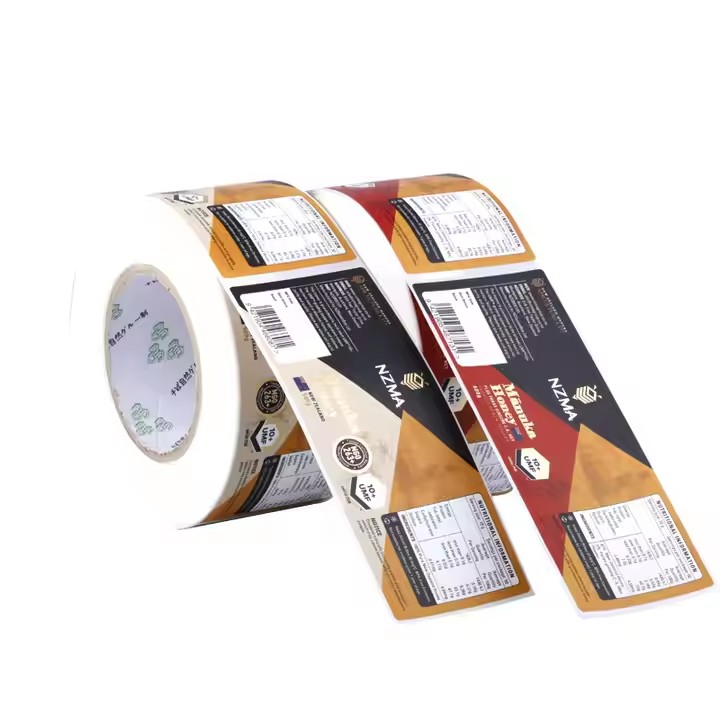
There is another type of synthetic paper. This synthetic paper has many uses. Because it is synthetic paper, compared with other papers with higher purity, it has a lower price and a wide range of applications. For example, cartons and large – scale billboards will use this kind of paper. Its application scope is very wide.
